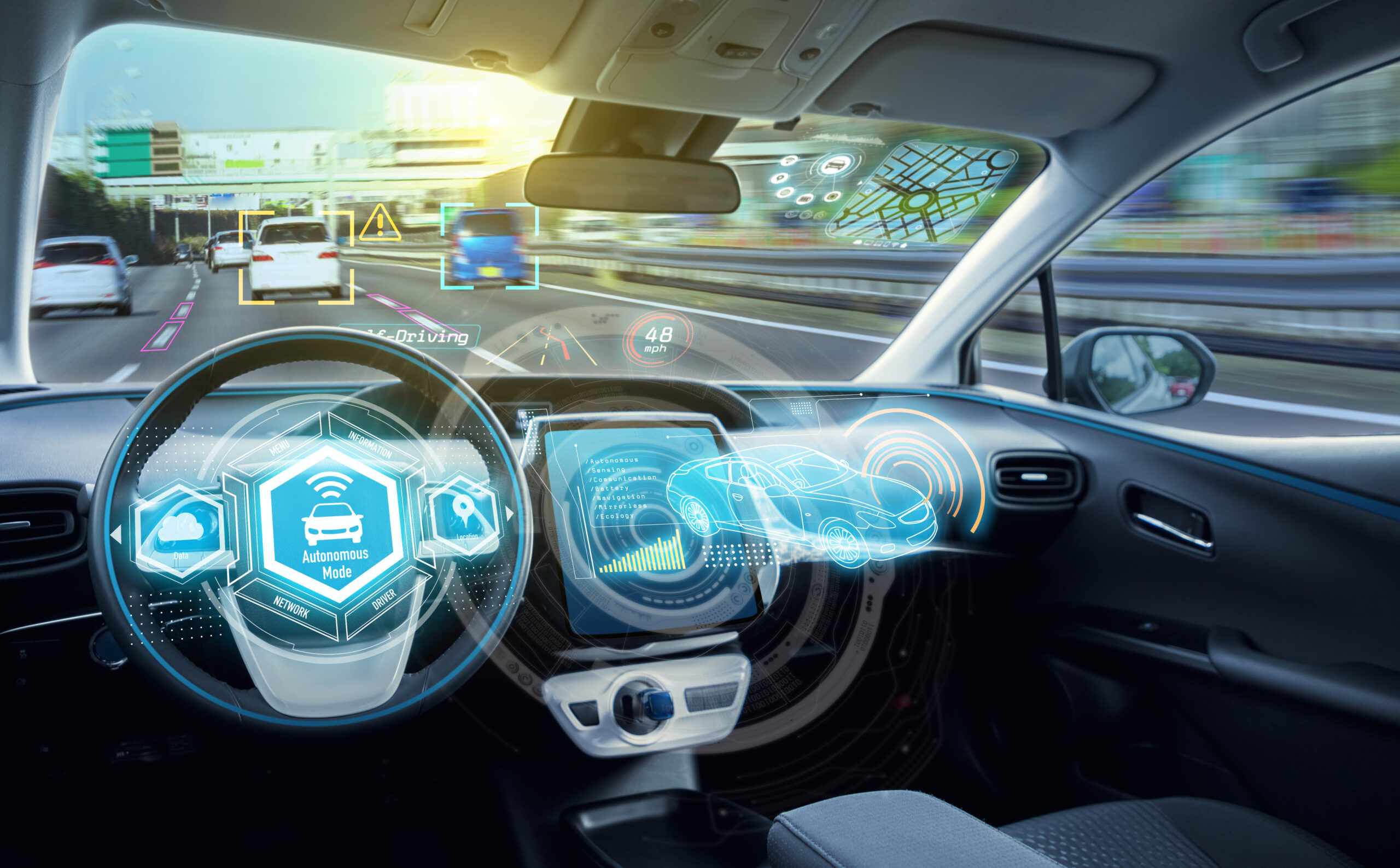Wearable technology, often referred to as wearables, is a rapidly evolving field that encompasses various devices and accessories designed to be worn on the body. These devices are equipped with sensors, software, and advanced technologies to collect, monitor, and process data related to the user and their environment. Wearable technology has witnessed a tremendous surge in popularity over the past decade, integrating seamlessly into our daily lives and transforming the way we interact with technology.
In this 2000-word article, we will delve into the origins of wearable technology, explore its evolution and current state, discuss popular types of wearables, examine their applications in different industries, and analyze the potential future advancements and challenges in this exciting field.
**1. ** Origins and Evolution of Wearable Technology:
The concept of wearable technology has its roots in science fiction and early experiments in the 20th century. Science fiction authors, such as Isaac Asimov and Arthur C. Clarke, often envisioned wearable gadgets that provided futuristic capabilities. However, it wasn’t until the latter half of the 20th century that real-world developments began to emerge.
One of the earliest examples of wearable technology was the calculator watch, introduced in the 1970s. These watches combined traditional timekeeping with basic mathematical calculations, catering to the needs of professionals and tech enthusiasts. Throughout the 1980s and 1990s, various wearable prototypes emerged, including the Seiko TV Watch, which featured a tiny television screen on the wrist.
The 21st century marked a turning point for wearable technology. Technological advancements in miniaturization, battery life, and wireless communication paved the way for a new generation of wearables that could offer more sophisticated functionalities. The introduction of fitness trackers, such as the Fitbit in 2008, brought wearable technology into the mainstream and popularized the concept of tracking personal health metrics.
**2. ** Types of Wearable Technology:
The diversity of wearable technology has expanded rapidly, covering an array of devices designed for different purposes. Here are some of the most popular types of wearables:
a. Fitness Trackers: Fitness trackers, also known as activity trackers, monitor various physical activities and health-related metrics, including steps taken, heart rate, sleep patterns, and calorie consumption. These devices often come in the form of wristbands or smartwatches and are commonly used to promote healthier lifestyles and track fitness goals.
b. Smartwatches: Smartwatches are multifunctional wearable devices that resemble traditional wristwatches but offer additional digital features. They can sync with smartphones to display notifications, track fitness data, make calls, send messages, and run various apps.
c. Smart Glasses: Smart glasses, like Google Glass, feature an optical head-mounted display (OHMD) that overlays digital information onto the user’s field of view. These glasses can provide hands-free access to information, navigation assistance, and augmented reality experiences.
d. Virtual Reality (VR) Headsets: VR headsets immerse users in computer-generated virtual environments, enhancing gaming experiences, providing virtual travel, and offering immersive training for various industries.
e. Augmented Reality (AR) Devices: AR devices, like Microsoft HoloLens, superimpose digital content onto the real world, enriching experiences in fields such as education, manufacturing, and entertainment.
f. Smart Clothing: Smart clothing incorporates sensors and electronic components directly into garments, enabling functions such as biometric monitoring, posture correction, and climate control.
g. Health Monitoring Devices: These wearables are designed to monitor specific health conditions, such as glucose levels for diabetics or electrocardiograms (ECGs) for heart patients.
**3. ** Applications of Wearable Technology:
The adoption of wearable technology has expanded beyond personal fitness and entertainment, finding applications in various industries and domains. Here are some key areas where wearables have made a significant impact:
a. Healthcare and Medical Applications: Wearable devices have revolutionized healthcare by enabling continuous monitoring of patients, facilitating remote healthcare services, and improving diagnostic accuracy. Wearables help monitor vital signs, manage chronic conditions, and track patient recovery after medical procedures.
b. Sports and Fitness: Wearables play a crucial role in sports and fitness, providing athletes with real-time data on their performance, optimizing training routines, and preventing injuries. These devices have become popular among fitness enthusiasts, helping them track their activities and progress.
c. Workplace Safety: In industries like construction, mining, and manufacturing, wearables contribute to improving workplace safety by monitoring environmental factors, worker health, and providing real-time alerts for potential hazards.
d. Entertainment and Gaming: VR headsets and AR devices have transformed the entertainment and gaming industries, offering immersive experiences and blurring the line between digital content and reality.
e. Education and Training: Wearables can enhance educational experiences by providing interactive content, facilitating language translation, and enabling hands-on training in various fields, such as medicine and engineering.
f. Fashion and Lifestyle: Smart clothing and wearable accessories have made their way into the fashion industry, combining style with functionality. From dresses that change color to reflect the wearer’s mood to smart jewelry that tracks health metrics, wearables are blurring the line between fashion and technology.
**4. ** Challenges and Future Prospects:
While wearable technology has made significant strides, it still faces some challenges that must be addressed to ensure its continued growth and widespread adoption:
a. Battery Life: Most wearables rely on rechargeable batteries, and improving battery life remains a priority to enhance user convenience and experience.
b. Data Privacy and Security: Wearables collect sensitive data about users, and safeguarding this information from breaches and unauthorized access is crucial.
c. Design and Fashion Integration: Ensuring that wearables are not only functional but also aesthetically appealing and seamlessly integrated into everyday fashion is an ongoing challenge.
d. Interoperability: As the wearable market continues to expand, ensuring interoperability among different devices and platforms becomes essential for a seamless user experience.
e. Health and Ethical Concerns: Wearable technology must address concerns related to accuracy in health monitoring, potential negative health impacts of prolonged usage, and ethical considerations in data usage.
Looking ahead, the future of wearable technology holds exciting possibilities:
a. Advanced Health Monitoring: Wearables are likely to integrate more advanced biometric sensors and provide real-time health analysis, leading to early detection of health issues and personalized medical recommendations.
b. Augmented Human Capabilities: Wearables may augment human abilities, such as memory enhancement, cognitive support, and sensory expansion.
c. Wearables for Environmental Monitoring: Environmental sensors integrated into wearables could aid in monitoring air quality, pollution levels, and other environmental factors, empowering individuals to make better choices for a sustainable future.
d. Brain-Computer Interfaces: Advancements in brain-computer interfaces could enable wearables that interact directly with the human brain, opening up possibilities for improved communication and control.
e. Integration with Internet of Things (IoT): Wearables will become a vital component of the IoT ecosystem, seamlessly connecting individuals with their smart homes, vehicles, and other IoT-enabled devices.
Conclusion,
wearable technology has come a long way from its science fiction origins to becoming an integral part of our daily lives. The rapid evolution of wearable devices, coupled with ongoing advancements and innovation, has transformed the way we interact with technology, opening up new possibilities in various industries and aspects of life. As wearables continue to evolve, addressing challenges related to privacy, security, and design will be crucial to unlocking the full potential of this transformative technology. As we look to the future, wearables are set to redefine human capabilities and further integrate technology into our lives, shaping a more connected and empowered society.



